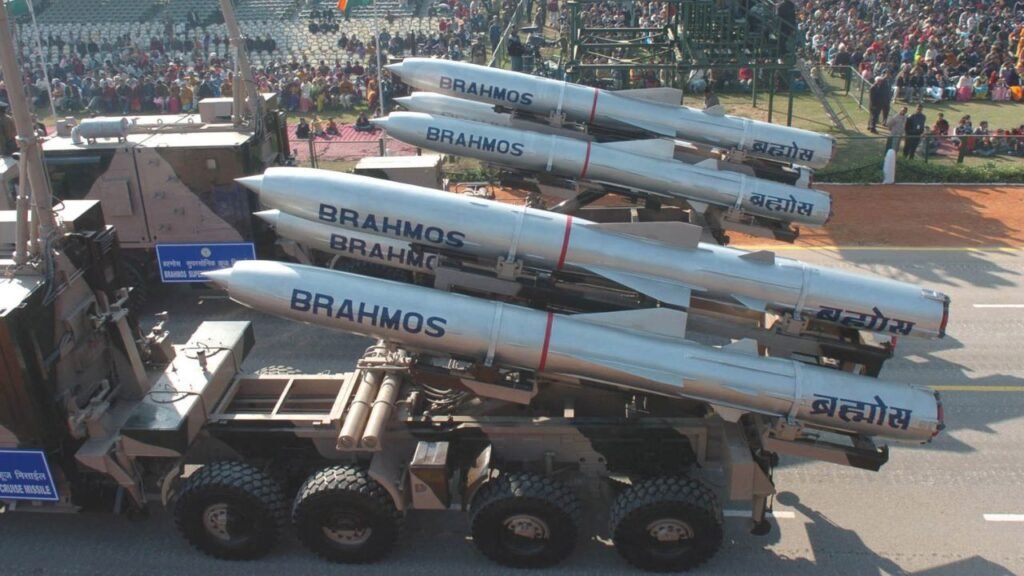India’s Defence Contracts
The Ministry of Defence (MoD) recently signed five major capital acquisition contracts worth ₹39,125.39 crore to bolster the country’s defence capabilities. These contracts aim to strengthen indigenous capabilities, save foreign exchange, and reduce dependency on foreign origin equipment manufacturers in the future. The contracts were exchanged in the presence of Defence Minister Rajnath Singh at South Block.
Procurement of MiG-29 Engines
One of the contracts was signed with Hindustan Aeronautics Limited (HAL) for the procurement of aero-engines for MiG-29 aircraft. The contract, valued at ₹5,249.72 crore, involves the manufacturing of RD-33 aero engines by the Koraput Division of HAL under a Transfer of Technology (ToT) license from the Russian OEM. This program aims to increase the indigenous content of future Repair and Overhaul (ROH) tasks of RD-33 aero-engines, thereby reducing reliance on foreign suppliers. The Indian Air Force (IAF) operates three squadrons of MiG-29UPG that have been upgraded, and these aero engines will sustain the operational capability of the MiG-29 fleet.
Larsen & Toubro’s Contracts
Larsen & Toubro (L&T) secured two contracts as part of the recent deals. The first contract, valued at ₹7,668.82 crore, is for the procurement of Close-in Weapon System (CIWS). The CIWS will provide terminal air defence to select locations in the country, enhancing India’s defense capabilities.
Moreover, this project is expected to generate direct and indirect employment for approximately an average of 2,400 persons per year over a five-year period.
The second contract with L&T, valued at ₹5,700.13 crore, is for the procurement of High-Power Radar (HPR). The existing long-range radars of the Indian Air Force (IAF) will be replaced with modern active aperture phased array-based HPR with advanced surveillance features. This state-of-the-art radar system will significantly enhance India’s terrestrial air defense capabilities, as it is capable of detecting small radar cross-section targets. The HPR project marks a milestone in indigenous radar manufacturing technology, being the first of its kind built by the private sector in India. Over the course of five years, this project is expected to generate direct and indirect employment for an average of 1,000 people per year.
BrahMos Aerospace Private Limited Contracts
Two contracts were also signed with BrahMos Aerospace Private Limited (BAPL). The first contract, worth ₹19,518.65 crore, is for the procurement of BrahMos missiles. These missiles will be utilized to meet combat outfitting and training requirements of the Indian Navy. The procurement project is projected to generate employment of about nine lakh man-days in the Joint Venture entity and approximately 135 lakh man-days in ancillary industries, including Micro, Small, and Medium Enterprises (MSMEs), across the country.
The second contract with BAPL, valued at ₹988.07 crore, is for the procurement of shipborne BrahMos systems. The shipborne BrahMos system is the Indian Navy’s primary weapon for maritime strike operations and is fitted onboard various frontline warships. With its supersonic speeds and pinpoint accuracy, the system can hit both land and sea targets from extended ranges. This project is anticipated to generate employment of around 60,000 man-days over a period of 7-8 years.


